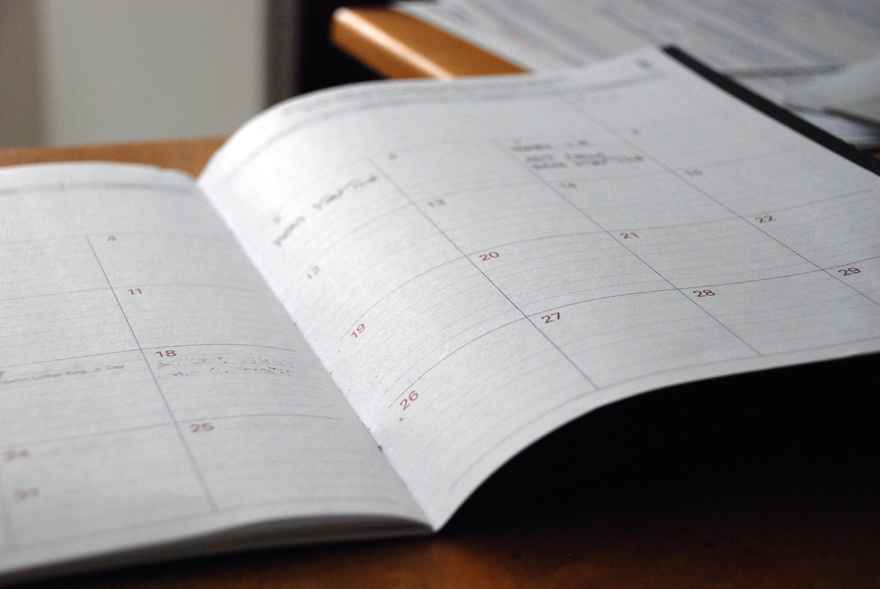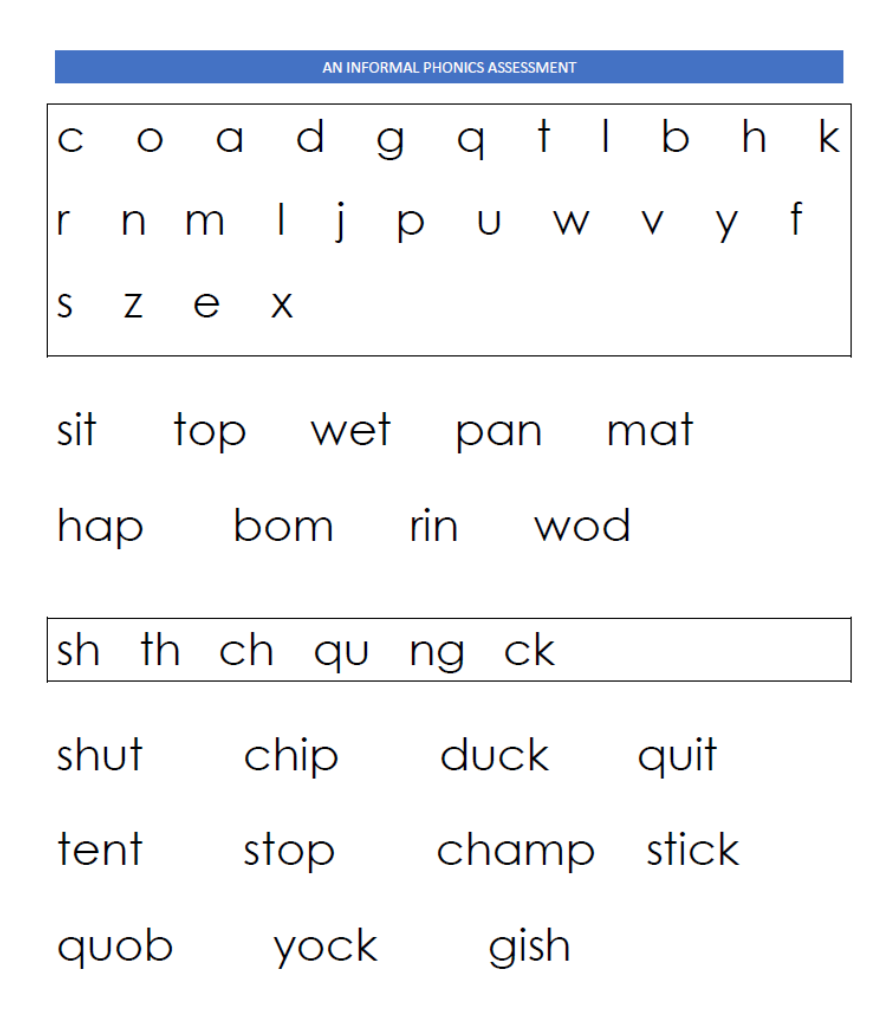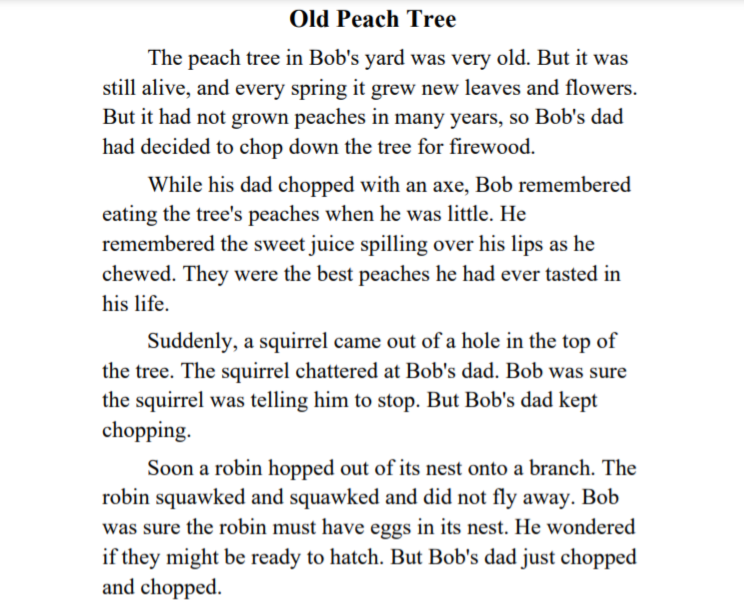Clarity for the next 6 months of reading instruction.

If you are an Australian or New Zealand teacher you are more than likely actively planning for Semester 2 and if you are a US or Canadian teacher you will be contemplating your new class and the brand new school year ahead. Whether you are looking down the barrel of online lesson delivery or in-person school, the same principles apply when it comes to comes to creating a classroom program to maximise student learning in reading.
The first thing we need to do is understand what reading development looks like. This post will focus on phonics and word level reading across the early years of school so let’s start by taking the temperature on some reading milestones you might aim for. I have included both Semester 1 and Semester 2 as we have readers from both the Northern and Southern hemispheres.

Let me say though, that different programs will have different milestones in place, and what I am about to suggest is a guide based on my own experience and the requirements of the Australian Curriculum, where they exist. These are what I call ‘at least’ points and we can expect our typically developing students to be a little further along, but if students have reached these points, they are on track. I also want to make it clear that it is crucial we meet students where they are up to. It is very important not to overload students by simply teaching what is appropriate for the grade without considering the students individual development in phonics, phonemic skills and knowledge of morphology.
Foundation Year:
End of Term 1 – Students can recognise and write 12 graphemes and can blend orally (you say /d/ /o/ /g/ and they can tell you it’s dog)
End of Term 2 – Students can recognise and write one representation of each letter of the alphabet and can independently blend CVC words and a small number of irregular high frequency words needed for simple decodable texts.
End of Term 3 - Students have developed automaticity in the ‘single sounds’ and most common consonant digraphs (sh, th, ch, ng, wh) and can read words with the whole basic code in decodable texts as well as the necessary number of irregular high frequency words required for the texts. We aim for students to be able to write a simple sentence of three or four words by this stage of the year with sounds they know.
End of Term 4 – Students are developing fluency and automatic word reading at CVC, CVCC, CCVC and CCVCC words and are reading texts with slightly longer sentences and different sentence structure (simple and compound) with ease. Students can read words with the suffixes ing, s and ed. They can write two or more simple sentences using sounds they know.
Note – it is very tempting to move students onto the complex code once digraphs are familiar, but there is value in ensuring fluency with the basic code and some common suffixes before moving them on. Taking time to build phonemic proficiency with code that is automatic will pay dividends in the next stages of learning. Of course, if your foundation students have achieved word level reading fluency with the range of words listed above, go ahead in introduce the start of the complex code.

Year 1
If all has gone well in the foundation year, your students will arrive in year 1 with all of the skills listed above. However, as we all teach in the real world, we know that this is often not the case. Begin by assessing the phonics knowledge of every student so that you can help them move through the above learning steps and don’t just ‘throw them in the deep end’ of the complex code. If you need to spend a term or more consolidating the basic code, do it. There is no point in rushing ahead, leaving gaps in learning in a quest to get to the complex code if the children aren’t ready.
End of Term 1 - It is reasonable to expect that you will spend a few weeks at the start of term 1 reviewing the basic code and practicing those CVC, CVCC, CCVC & CCVCC words and getting a handle on those early suffixes before diving into the complex code. This will give you time to assess all students and make sure they have strong foundations before going deeper into your phonics. By the end of Term 1, it is reasonable to expect that students will recognise, read and spell words with the early complex code (ay, ee, igh, oa, oo, ar, or, air, er, ow, oy). This provides one representation of the 44 phonemes of Standard Australian English so that students can write words with plausible choices for all phonemes. As with the end of foundation, it is tempting to ‘shovel’ as many graphemes as possible into students at this point but ensure that they have automaticity and fluency at simple sentence level with the early complex code before moving on.
End of Term 2 – Students have consolidated the early complex code and can read and write words with split digraphs (a_e, i_e, o_e, u_e, e_e). In terms of multisyllable words, you might start with compound words and then move on to words with common prefixes and suffixes as well as introducing more complex vocabulary into your word level reading lessons. But be cautious about multisyllable words that require a change to spelling before students have the split digraph patterns automatic. Ideally, students are reading an unseen text containing all the word types described above (with graphemes they know) at about 30 words per minute by this stage. Remember, fluency is about so much more than how many words can be read in a minute. It is also about expression and phrasing, so focusing reading different sentence types with more complex punctuation including dialogue is a great thing to focus on here.
End of Term 3 – Once students have all of the skills above, it is time to move on to the later complex code. There is no special, agreed upon order of introducing the graphemes of the complex code, but you can find a breakdown of the graphemes according to frequency here. It is recommended, however, to spread out graphemes that are visually similar and phonemes that sound similar to avoid confusion for students who struggle in some way. So, aim for 3 new graphemes per week for 4 weeks and then allow the 5th week for a consolidation week (or longer if needed). That means that you can expect to teach 20-25 graphemes in term 3 of year 1 if all is on track.
End of Term 4 – Following the same suggested timeframes as for term 3 will mean that students will now be able to recognise, read with and spell words containing the whole simple code and 50 – 60 graphemes of the complex code. Ideally students are reading at 60 words per minute by the end of term 4, year 1 to be on track to complete their ‘learning to read’ phase of schooling by the end of Year 2. Remember, though, that this is with words they know the code for, so while a text should have a range of irregular high frequency words, sentence types, include multisyllable words and be ‘unseen’, it can’t just contain all of the graphemes of the alphabetic code.

Year 2
Throughout year two, students continue to learn multiple representations of the 44 phonemes and other morphemes that enable them to access long, more formal multisyllable words (such as tion, tious, ure, ly, re, un, pre).
Term 1 – Start Year 2 by reviewing and consolidating the phonics and word level reading acquired in year 1, ensuring that you are meeting every student at their point of learning need. If you have students still working on the basic or early complex code, that’s where teaching needs to be aimed at. It does not benefit students at all to be a year or more behind their peers and expect them to learn what the rest of the class is learning as well as catching up on what they have not yet acquired. Spending a few weeks getting to know your students and consolidating what has come before will mean that you can continue teaching the complex code with confidence. 3 graphemes per week for the last 5 or 6 weeks of the term with a week of two for consolidation will see your year 2 students learning 18 new graphemes in term 1.
Term 2 – Continue to work through the complex alphabetic code and teach a further 24 graphemes in term 2. By the end of term 2, your year 2 students will be able to read with approximately 100 graphemes of the complex code plus the basic code, placing them in a very good position to be able to read at 70 words per minute and be on track for the end of year 2. If you are looking for a guide for what to teach when, Edith Cowan University has a great document that you can access here.
Term 3 and 4 – Focus on consolidation of the graphemes learned so far, including more non-fiction texts and fiction texts with more complex sentence structures, including complex sentences. Word level work is focused on multisyllable words with a variety of prefixes and suffixes for both reading and spelling. By the end of term 4, your year 2 students should be reading an unseen, reasonably complex text with the full alphabetic code at 90 words per minute or more. (The passage below is from DIBELS)

In this post, I have outlined a suggestion of milestones for students to be on track to complete their ‘learning to read’ phase of their school by the end of year 2. This is my ‘in an ideal world’ scenario and I fully appreciate that you all have students who are either ahead or behind of these milestones. When planning your teaching steps for the next 6 months, start with where the student is now and then look at the ONE step that comes next. Students learn at the pace that their processing and memory capacities allow them to. Work with them to achieve success in small steps, and all will be well over time.

 Jocelyn Seamer Education
Jocelyn Seamer Education
8 comments
Hi Jocelyn,
Thank you for your fantastic blog and articles. What exactly is Word level reading? Is that your own list of e.g. CVC words? Not specific readers that you can buy? Sorry, if that is a silly question.
Hi there. I just really meant word level practice to build automaticity. There are no silly questions!
Very helpful for organising targeted teaching to bring students up to these benchmarks if they haven't already.
Thank you for that great read!! I especially liked the breakdown of graphemes for frequency. Fascinating and insightful!
Hi Jocelyn, great blog and good to see the progression and how it can move along and be differentiated. How would you manage teaching with a sequence such as that suggested in From Sounds to Spelling in stage 3 classes who have a wide range of spellers. Hence obviously not all students are at the ideal /suggested level.
So so good. Took the d-o-g for a walk today while I listened to you on a podcast (Pedagogy Non-Grata). Every time you talk or I read your blog, my head is constantly nodding...Have you done a presentation on Balanced versus Structured? There are 3 teachers at our primary here in NZ. I am the Year 0-3 teacher and I started my SL journey in Term 1, after participating in PLD through Marnie Ginsberg (Reading Simplified) So I hit the ground running ... teaching and learning 'on the j-o-b'. At least one of the teachers is not convinced, the other one 'not sure' and although I am committed, I just don't have the capacity to convince people. Anyways I'm raving now. Love the SL journey!
Great progressions! Thank you !
For us in NZ could you please add that your foundation year is our year 1 and so on.
This is often misinterpreted by NZ teachers and there is push to “get through” because a blog by the end of year ....
Aus Foundation = year 1 NZ
Aus Year 1 = year 2 NZ
Aus Year 2 = year 3 NZ
Our kids would do so much better if teachers slowed down, had age appropriate expectations and gave the kids time needed for consolidation.
😊
Hi Angela. Thanks for the clarification! I'll keep it in mind in future posts.
Leave a comment